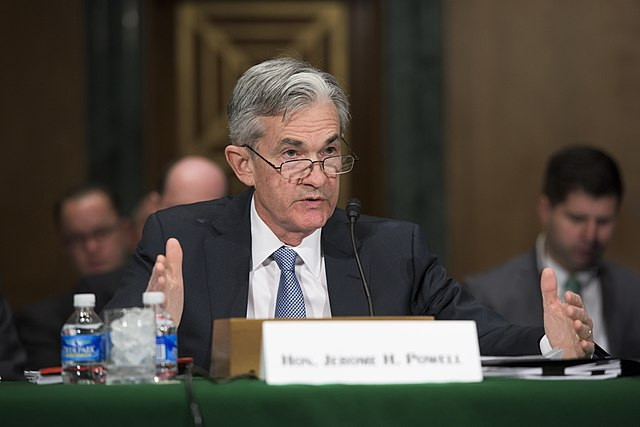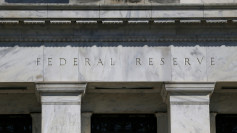The Federal Reserve is widely expected to lower its benchmark interest rate by a quarter percentage point Wednesday, marking its second cut in six weeks, as officials move to counter signs of a weakening labor market amid a government data blackout. The move would bring the federal funds rate to a range between 3.75% and 4.00%, according to nearly all economists surveyed by Reuters.
The decision comes as policymakers navigate what one analyst called a "fog" created by the prolonged government shutdown, which has stalled key economic reports including September's job data and delayed the third-quarter GDP release. Fed officials, lacking fresh labor and inflation metrics, are relying heavily on anecdotal surveys, private data, and regional business contacts to gauge the economy's direction.
"We're seeing some improvement, but that improvement is tepid, and it is preliminary," said Nela Richardson, chief economist at ADP, which reported modest private-sector hiring in mid-October. "As the weeks progress, we might see further weakness." Fed Governor Chris Waller underscored the same concern earlier this month, saying, "Payroll gains have weakened this year and employment may well be shrinking already."
Waller added that while President Trump's tariffs have contributed to some price pressures, he does not expect them to produce "long-lasting effects on inflation." Instead, officials' focus has turned sharply toward the labor market, where corporate layoffs and hiring slowdowns are raising alarm. Amazon, Target, and other major employers have announced tens of thousands of job cuts in recent weeks, while state unemployment claims have ticked higher.
Through August-the last month of available official data-the jobless rate had risen to 4.3% from 4.0% in January, the start of Trump's second term, according to the Bureau of Labor Statistics. Fed officials believe the job market remains roughly balanced but acknowledge growing risks that businesses could cut hiring further or resort to layoffs if growth falters.
Inflation data, one of the few reports released amid the shutdown, showed prices in September rose more slowly than expected. Housing costs eased while tariffs pushed up prices for imported goods, keeping inflation above but trending closer to the Fed's 2% target. "There hasn't been much basis for changing views since policymakers in September indicated that quarter-percentage-point rate cuts were likely," said Steven Englander, head of North America macro strategy at Standard Chartered.
The Fed's rate decision will be announced at 2 p.m. EDT, followed by Chair Jerome Powell's press conference half an hour later. The central bank is not expected to release new economic projections, leaving Powell's remarks as the primary window into policymakers' thinking.
Financial markets will be watching closely for dissent among members, particularly from Fed Governor Stephen Miran, who has previously favored a half-point cut, and Vice Chair Michelle Bowman, who may object to ending the Fed's balance sheet drawdown while its holdings still hover near $6.6 trillion. "The government shutdown has left the central bank in a fog about the labor market, fueling support for another cut rather than risk falling behind and having to cut more later," said Ryan Sweet, chief U.S. economist at Oxford Economics.
The shutdown, now in its 29th day, has forced the Fed to rely on second-order indicators such as corporate sentiment and consumer confidence, both of which have begun to weaken.






